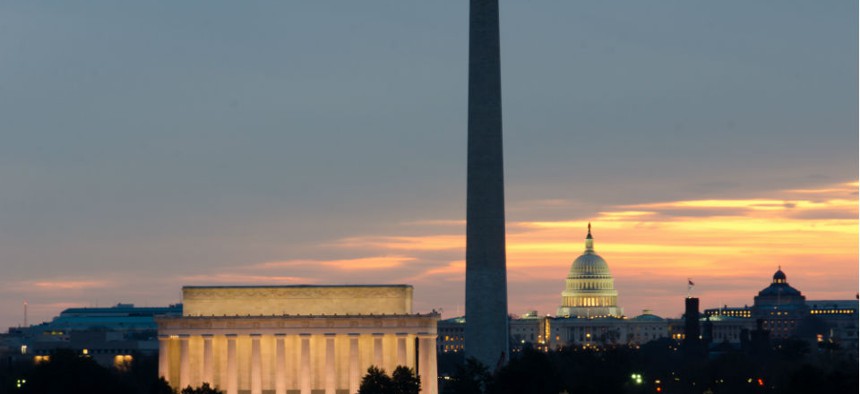
Orhan Cam/Shutterstock.com
Washington D.C. Is Forbes' Coolest City — Here's What Went Wrong
List relies heavily on population statistics and not enough on entertainment factors.
Something went horribly, horribly wrong with Forbes' "America's Coolest Cities" list: it named Washington, D.C. the coolest city in America. It then went on to name other decidedly uncool cities in its top 20, including Riverside and Sacramento, Calif. As Laura J. Nelson at the Los Angeles Times put it, "If naming DC the coolest city in the US didn't sound any alarm bells, ranking Riverside the (8)th-coolest should have."
To be fair, the list just ranks how great a city is to live in. "And by 'cool,' we mean cool to live in," Forbes' writes. Still, this is a deeply unserious ranking of geographical coolness, and Forbes' flawed methodology is to blame. Forbes' ranking is based on these criteria:
Size of the City
"We sought to quantify it in terms of cities, partnering with Sperling’s BestPlaces to rank the 60 largest Metropolitan Statistical Areas and Metropolitan Divisions," writes Forbes. Orlando, Fla., doesn't count because its data is messed up, but Orlando isn't cool so that's alright. The problem is the list also includes metro areas. "New York is not a top 10 'coolest city' because New York includes Wayne, NJ, and White Plains now, apparently," Philip Bump at The Washington Post noted.
Population
The list favors cities with a lot of 20-34 year olds and recent transplants. People moving to the city (the 2010 - 2013 Net Migration) implies people want to live there — or, in D.C.'s case, most of the federal government jobs are there. Diversity was also considered, which is the only thing this list gets right.
We can't deny that Washington, D.C., had the highest influx of 25-34 year olds last year — an analysis of Census data by the Brookings Institute last year showed as much. But that move was prompted by a thriving economy, and while having a job is nice, working 9-5 for The Man is not cool.
Entertainment Options
Here is where everything went so very, very wrong. The list relies too heavily on population statistics and not enough on entertainment factors. The availability of activities like "college sports events, zoos and aquariums, golf courses, ski areas, and National parks, among others," made up each city's Recreation Index, and the availability of theaters, "musical performances" and museums make up the Art & Culture Index. The availability of non-chain restaurants and bars gives the Local Eats percentage.
Even though most of the "cool" activities aren't cool (millennials don't like golf), actually cool cities score much higher in these entertainment categories. In those three categories, D.C. scores a 99, a 93 and a 68.9 percent, respectively. Riverside (8th) scores 88/93/72.2 percent.
Meanwhile, New York (11th!), a city that is subjectively cool, scores 100/100/89.9 percent. Los Angeles (16th!!) scores 99/100/78.6 percent. San Francisco (5th) scores 98/99/92.2 percent.
While most people, particularly people from New York and D.C., will question the placement of the latter city anywhere on this list, the California ranking is equally bad. (As someone who grew up more or less in the Riverside metro area, I can personally that the very essence of the area is uncool.)






